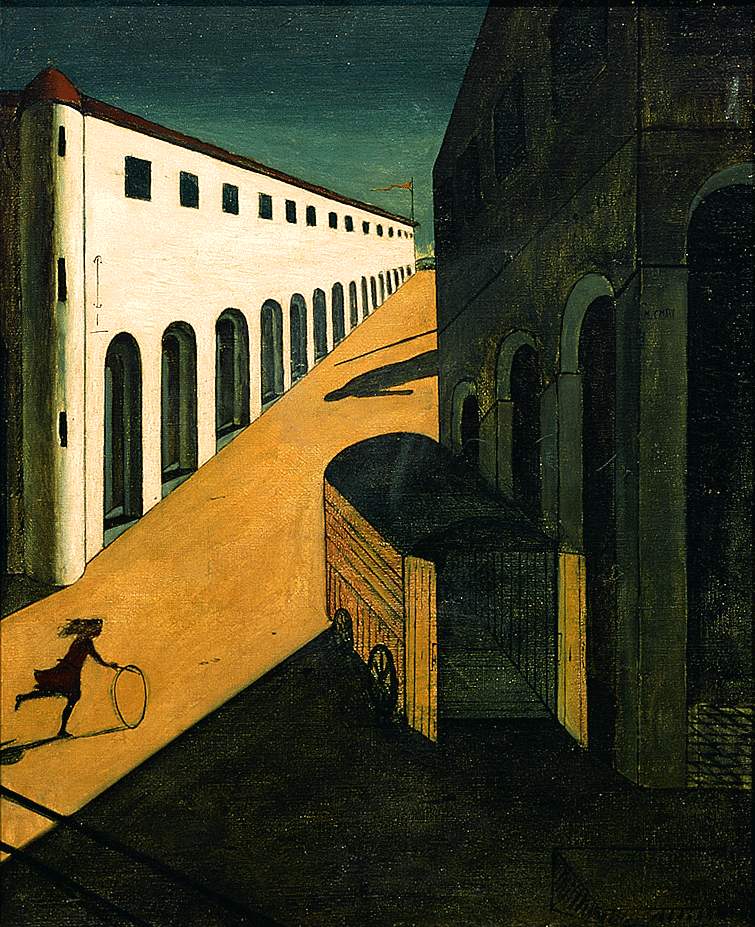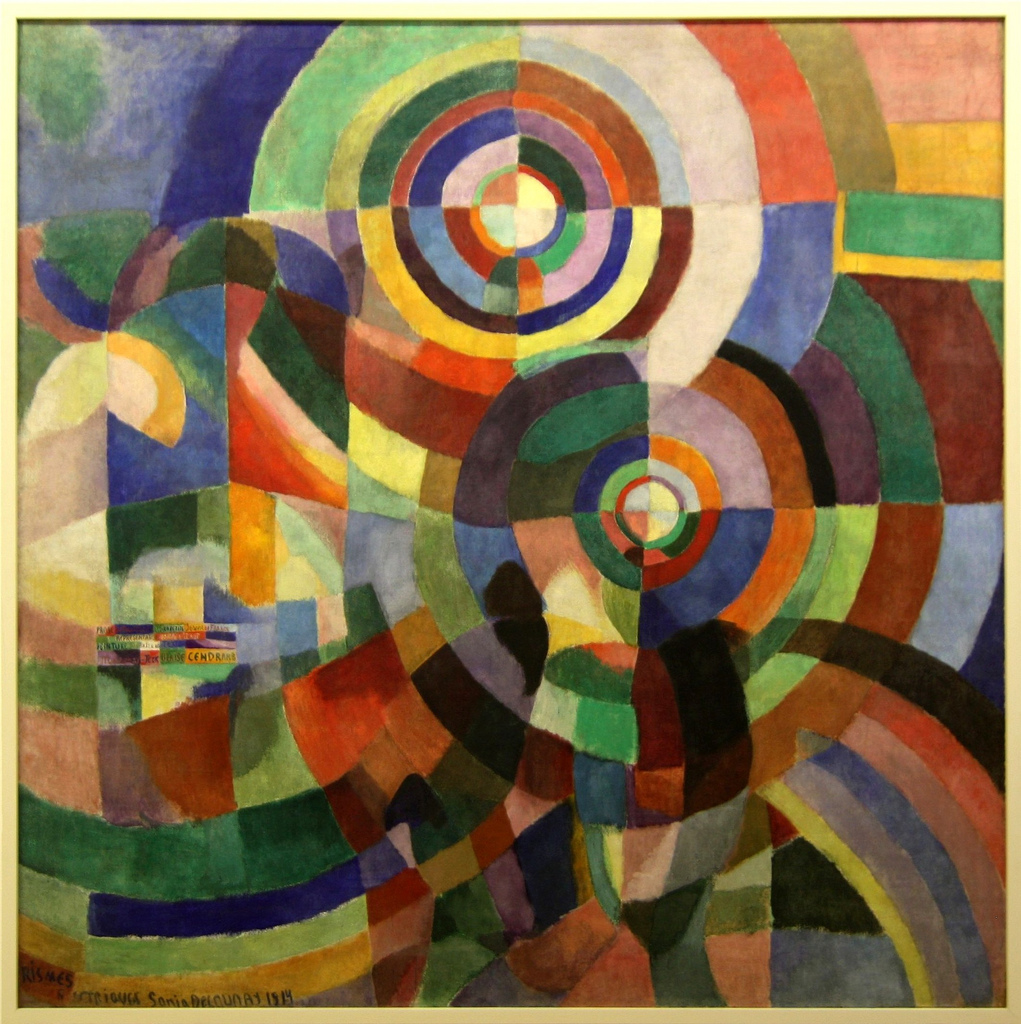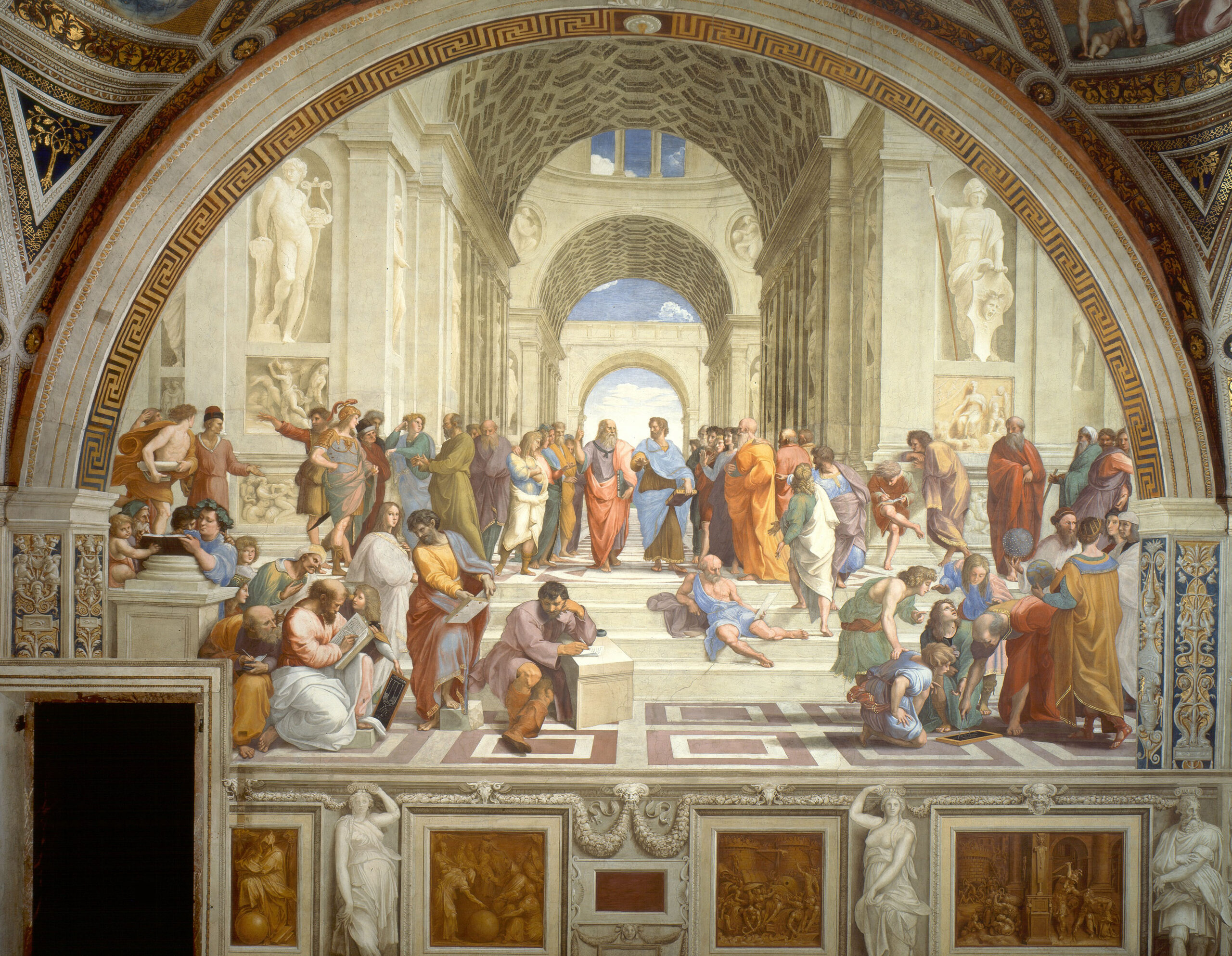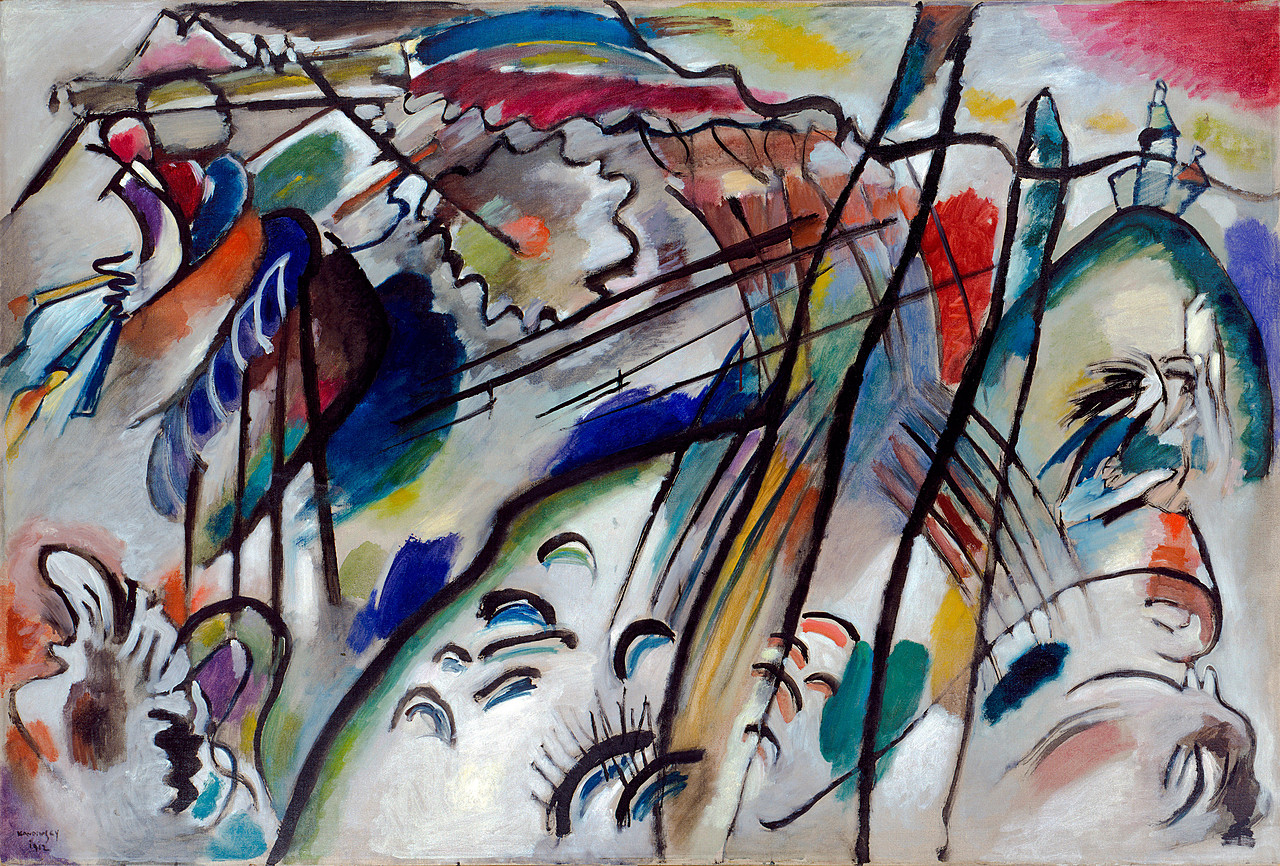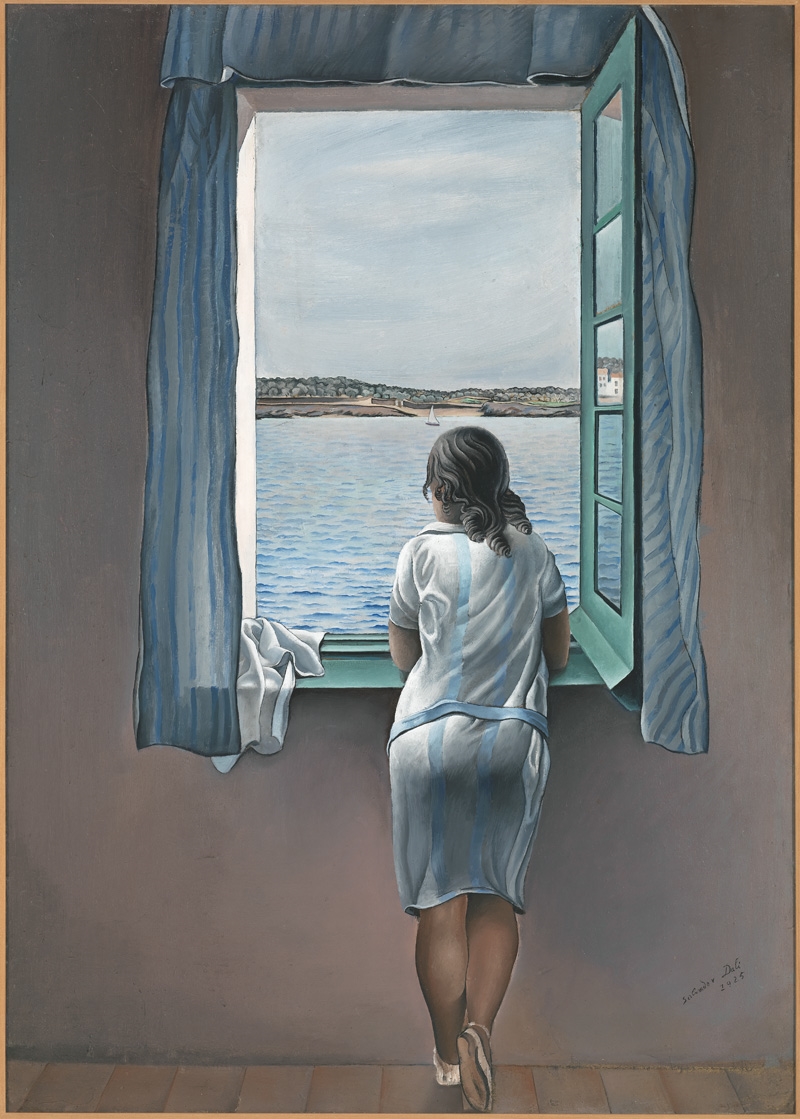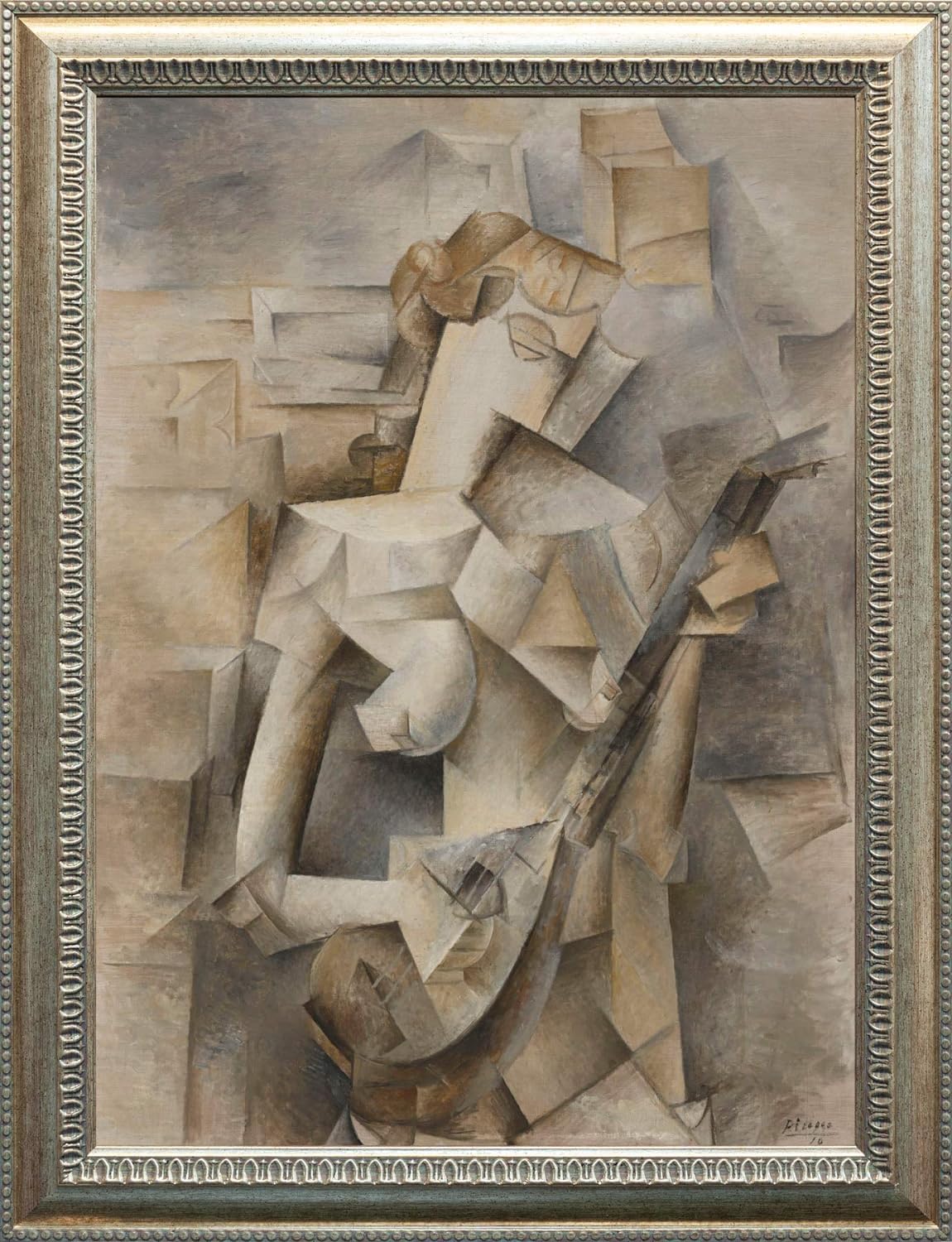Come and learn how Mary Cassatt transformed simple moments, such as a tea party, into artistic expressions that challenged the norms of her time. Through paintings such as «Five O’Clock Tea» we will review and analyze the way in which this pioneer captured the essence of everyday life and femininity, highlighting its relevance in impressionism with realism and delicacy.
Tabla de contenidos
- The Historical Context of «Five O Clock Tea» By Mary Cassatt
- Five O Clock Tea Mary Cassatt Description & Analysis
- Modernity and Breakthrough in Mary Cassatt’s «Five o Clock Tea».
The Historical Context of «Five O Clock Tea» By Mary Cassatt
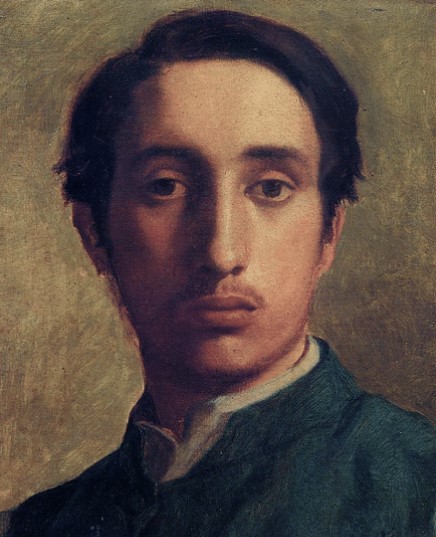
Exile and Impressionists
Mary Cassatt grew up in a well-to-do Pittsburgh family and, like many other Americans, left the United States shortly after the Civil War. It is presumed between the years 1860-1870
An American among the Giants of Paris
In 1877, the artist joined a prominent group of independent painters in Paris at the invitation of Edgar Degas (pictured). Cassatt distinguished herself by being the only American in the circle of the Impressionists, a predominantly male circle and a group that was decisive for her later works.
“I accepted the invitation with joy. I hated conventional art.”- Mary Cassatt
«Five O Clock Tea» en Presented
Criticism and Appreciation
Mary Cassatt’s presentation of Five o Clock Tea at the fifth Impressionist exhibition of 1880 in Paris marked a polarizing moment, facing critical scrutiny for its concentration on the formal elements of the composition. Her work, shown for the first time before a Parisian audience, attracted the disapproval of contemporary critics because of its focus.
Divided Reception
Paul Mantz, a conservative-leaning writer, criticized the work for being «badly drawn» and mocked a «miserable sugar bowl» that seemed to float in the air, as if out of a dream. Philippe Burty, a respected critic who used to support the Impressionists, expressed disappointment at the «finished images.» However, not all the reviews were negative; J.-K. Huysmans, noting the influence of the tea-drinking habit and the bourgeois environment, praised Cassatt by suggesting that she was a pupil of English painters and called «The Tea» an «excellent canvas.»
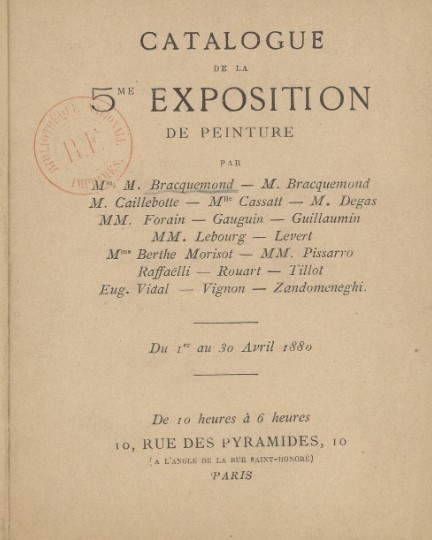
Everyday Moments Around Tea
In the late 1870s and early 1880s, Mary Cassatt created a series of works capturing the intimate encounter of women drinking tea. Two of these renowned paintings, «The Cup of Tea», and «Lady at the Tea Table», are currently in the Metropolitan Museum of Art in NY. In addition, Cassatt produced several prints, including among them «Afternoon Tea Party». In a way to immortalize everyday moments with elegance and having as main protagonist cups of tea.
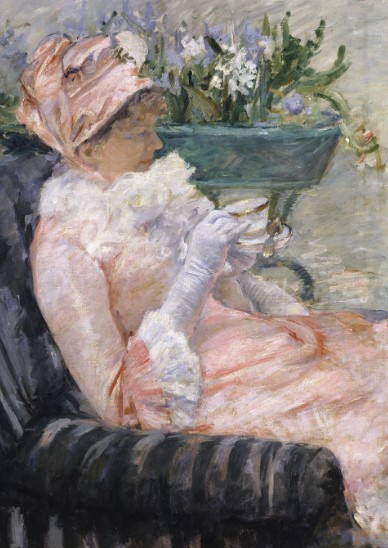
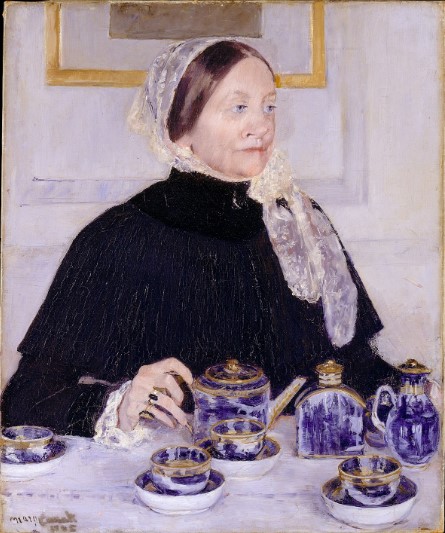
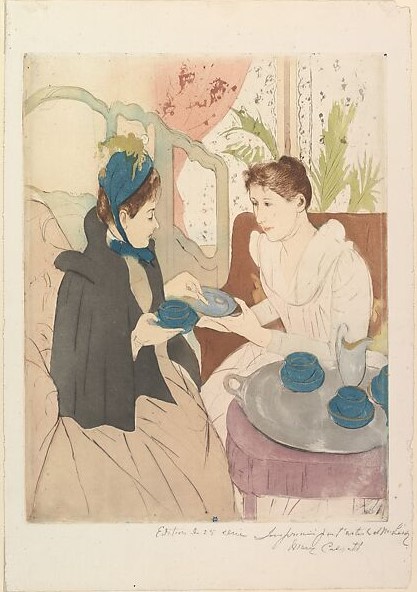
Reflections of High Society and Certain Privileges
Cassatt enjoyed privileged access to intimate spaces reserved for high society women. This pass allowed her to capture and highlight conversations and significant moments between affluent women, as seen in her works for that period. Cassatt manages to depict with great detail and sensitivity the intimate moments of women sharing tea, offering a unique perspective in the art of the period.
Five O Clock Tea Mary Cassatt Description & Analysis
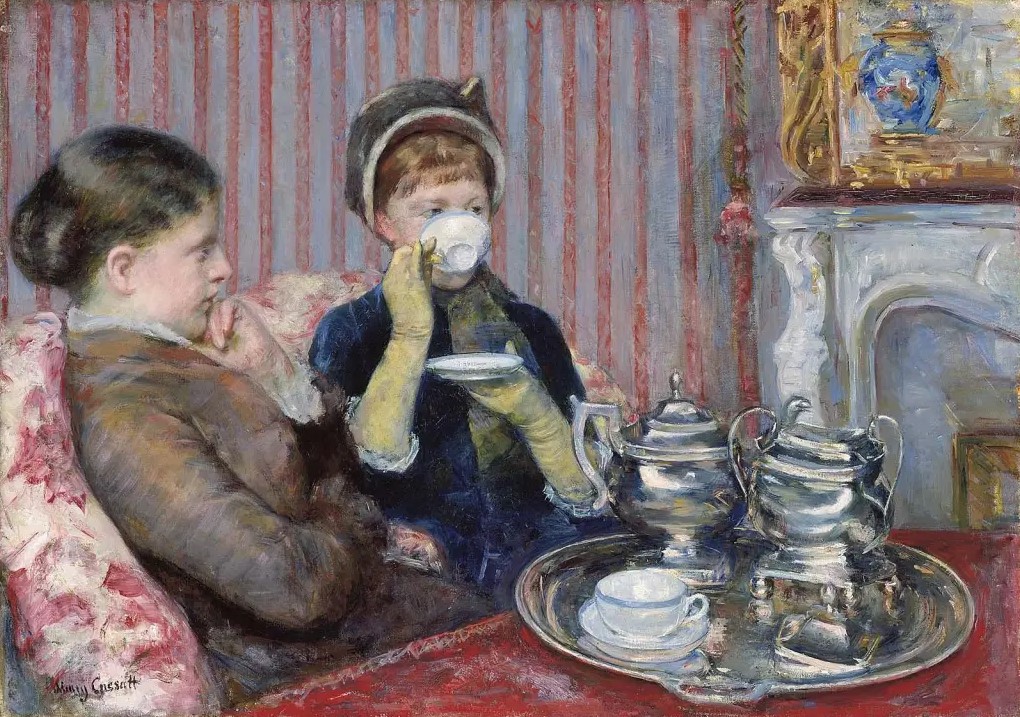
Original Title: The Tea (Five O’Clock)
Date: 1880
Artist: Mary Cassatt
Art genre: Impressionism
Dimensions: 64.7 x 92.7 cm
Medium: Oil on Canvas
Location: Museum of Fine Arts, Boston
Reflections of Elegance and Modernity
«Five O’Clock Tea» by Mary Cassatt shows the image of a modern living room, which reflects elements of the upper middle class, note how it highlights the wall painted pink with taupe, creating vertical stripes that intersect in a repetitive manner, forming patterns connected to each other.
Hospitality Portrait
Look at the elaborately carved marble fireplace, and nicely detail the classic silver tea service that gazes in the foreground on the table, you can imagine the hours of brush strokes capturing a distinguished story of two women fulfilling roles of guest and guest.
Warmth and Grace
His astuteness in highlighting details such as the warmth of the fireplace, the elegance of the tea service and the grace of the dress, took equal importance to the characters themselves in this work, in short, his desire to innovate and experiment with something different that challenged the artistic norms of the time was greater.
The tea service stands out above the women, Cassatt used to give importance to the inert objects in his works as well as to the figures, similar to the technique implemented by his colleague Degas.
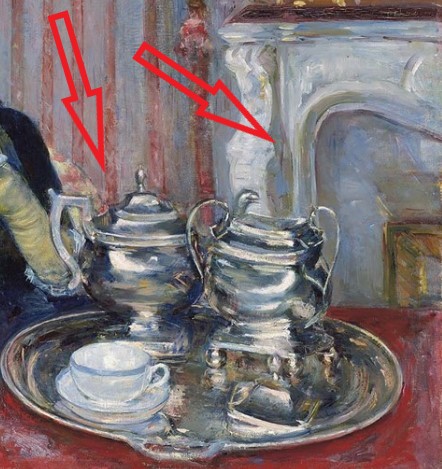
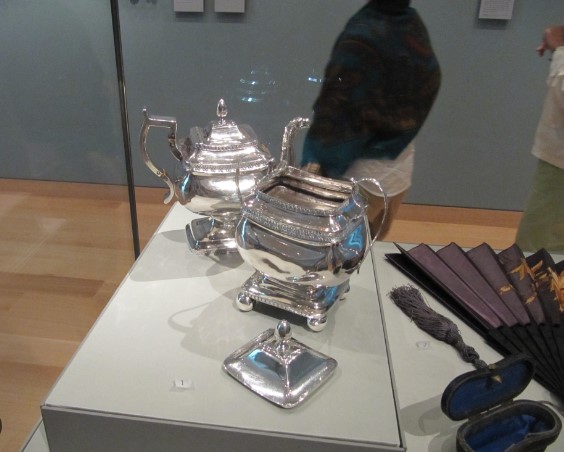
Family Treasures at the MFA:
The Museum of Fine Arts (MFA) houses an exceptional collection of history and art pieces, including the silver tea service that inspired the artist. With both historical and family value. According to Cassatt, this tea set was manufactured in Philadelphia around 1813, reflecting the artistry and design of the period.
Everyday Encounters
The hostess identified as Lydia Cassat, sister of the painter, wears a brown dress and rests her hand on her chin, apparently her conversation has lost interest, but the guest with hat, scarf and gloves indicating her arrival from outside, enjoys her good tea while thinking carefully, although other sources indicate that both women were friends of the family and were frequent models in other works of Cassatt.
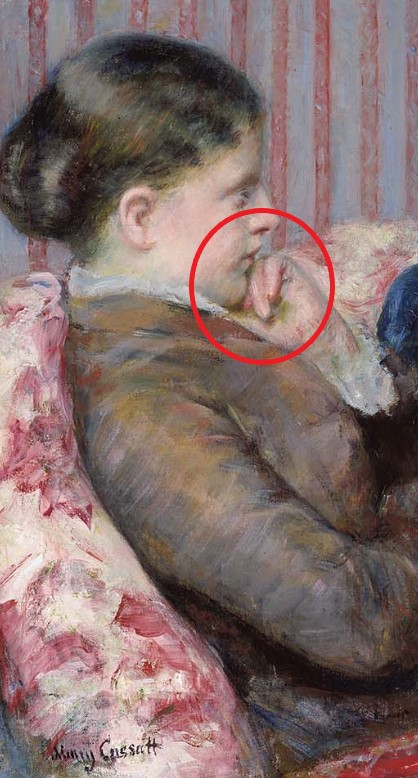
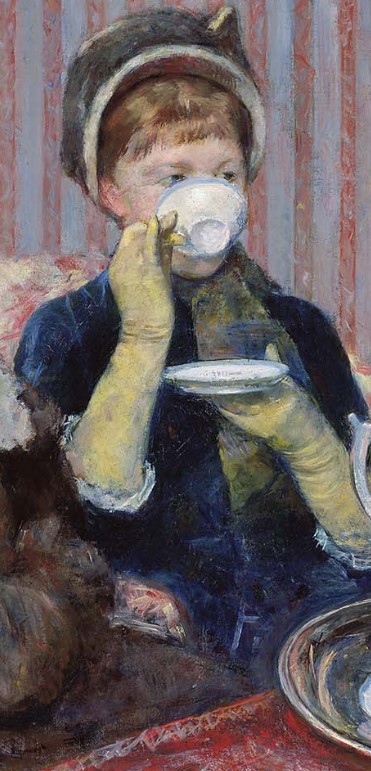
An Elegant Sip
The artist challenged herself by experimenting with the tones of her models’ faces, capturing the fleeting moment of tea drinking. If you look closely, the guest’s pose is temporary; she will soon lift the thin cup from her lips and rest it again on the saucer balanced in her left hand.
The tilt of the cup suggests that the tea is almost over, a moment that may not come too soon for the hostess, who appears to have exhausted the topics of conversation. In the silence that stretches between them, the hostess may secretly wish that sip was the last, longing for the end of the visit.
Mary Cassatt painted the scene in real time, avoiding removing the table, she played with the visibility of the women, she was very astute in almost completely hiding the face of one of them behind the cup, the brushstrokes captured the precise instant when she takes a delicate sip of tea to her mouth. This approach reveals the impressionistic fidelity of capturing the reality observed at the moment.
Exquisite Composition of Ovals, Colors and Textures
Look how careful she was to give oval shapes to the cups without forgetting, of course, the tray, the hat and the sophisticated painting that stands out for the blue tone vase with its fine golden details on the sides. And where do we leave the notorious red color of the tablecloth, with those whitish details at the edge, which harmonizes with the pink combination of the sofa backrest.
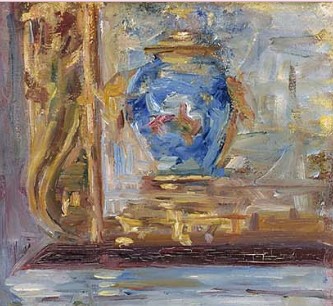
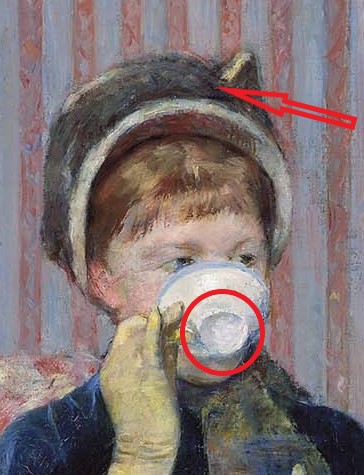
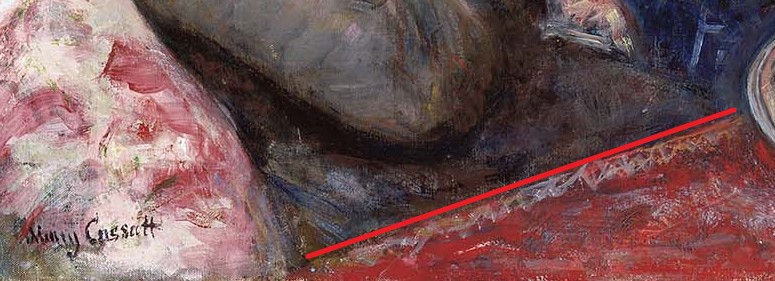
From French Salons to American Galleries
Cassatt’s painting, known as «Five O’Clock Tea,» was acquired by French collector Henri Rouart. After Rouart’s death in 1912, the work passed into the hands of Dikran Kelekian, an antiques dealer in the Near East. Although Rouart’s collection was dispersed at auction in Paris, «The Tea» continues to captivate visitors to its current home, the Museum of Fine Arts, Boston.
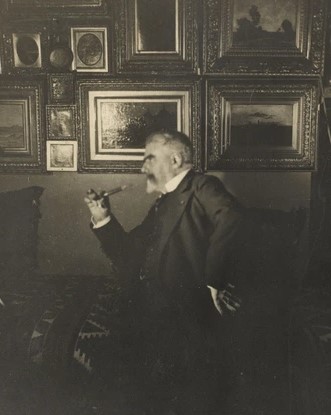
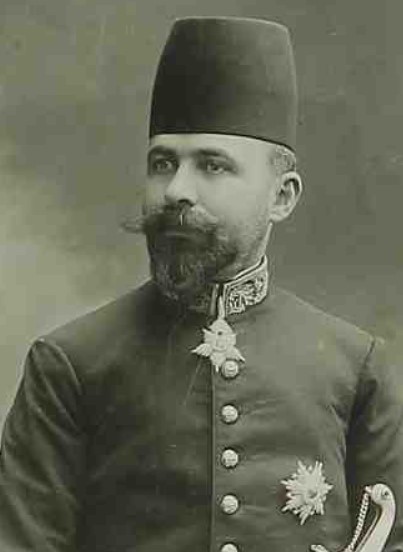
Modernity and Breakthrough in Mary Cassatt’s «Five o Clock Tea».
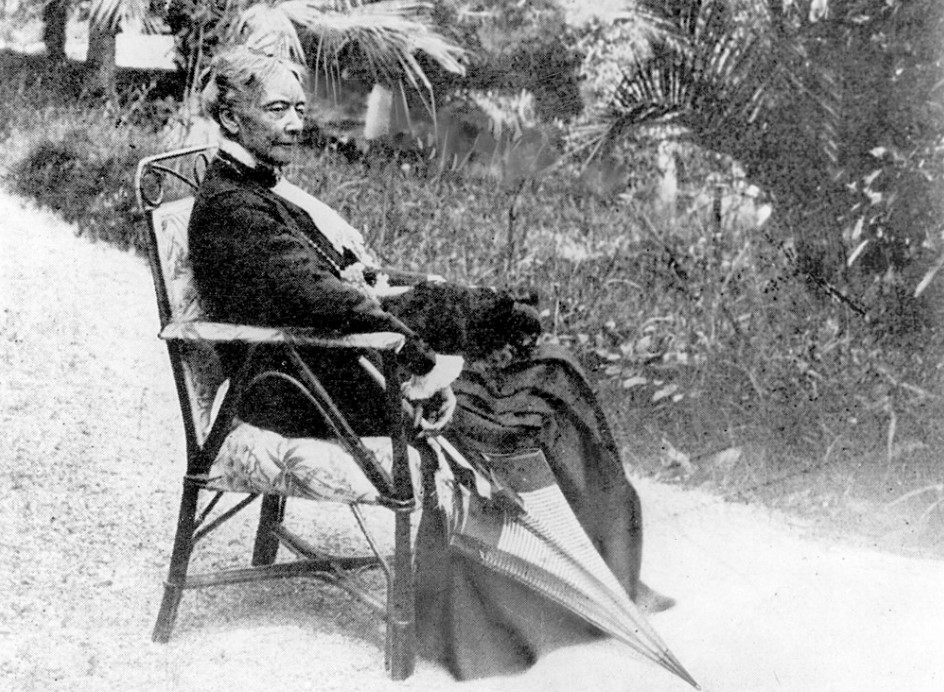
«Five o Clock Tea» stands as a testament to modernity within a conservative framework of refined taste. In challenging artistic conventions, Cassatt not only emphasizes the importance of faithful representation of reality, but also elevates the elements of design and color to essential components of his pictorial expression. This approach not only reiterates his commitment to modernism, but also underscores his rejection of established aesthetic norms, thus marking his work with a unique identity that transcends time and trends.

